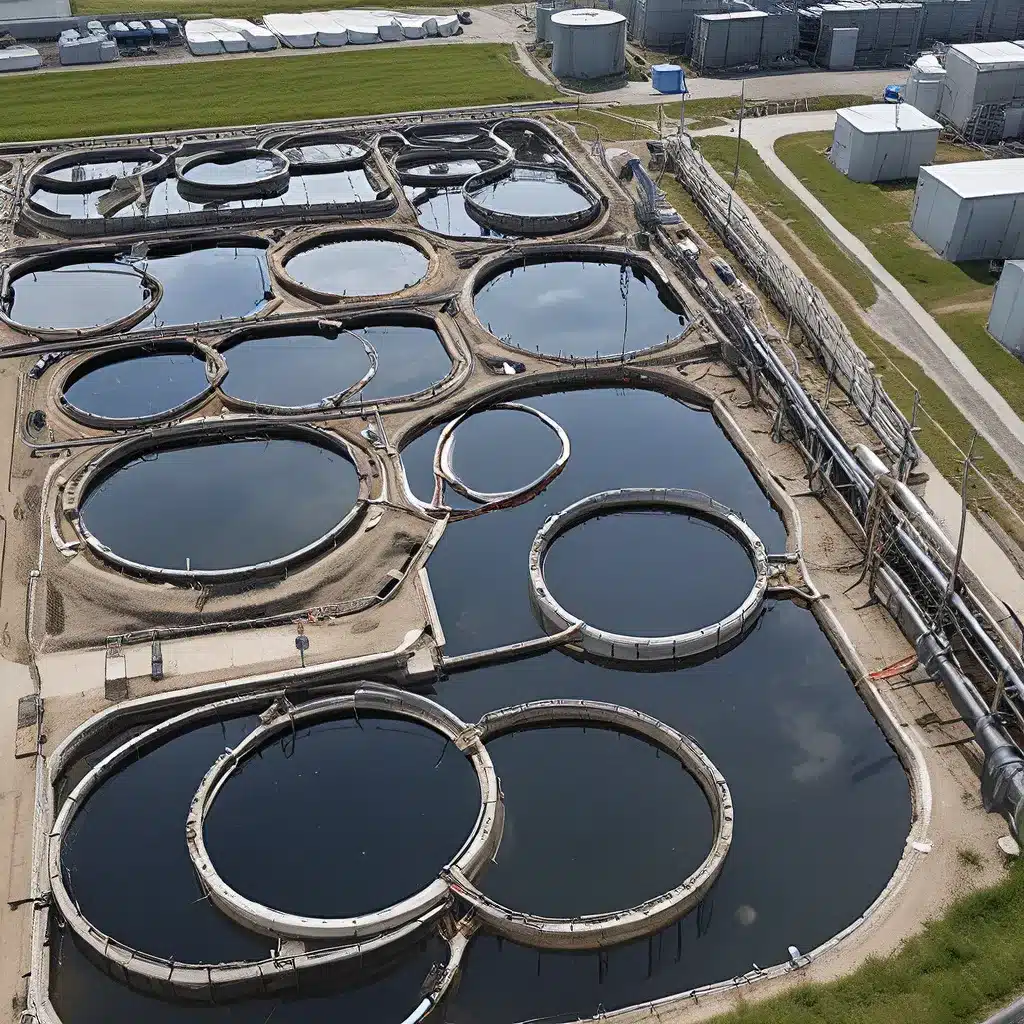
In the ever-evolving landscape of the water industry, one thing has become abundantly clear: the future is digital. As we grapple with the daunting challenges of water scarcity, aging infrastructure, and rising demands, the water treatment sector is embracing the transformative power of digitalization. This digital revolution is not just a passing trend; it’s a game-changer that is reshaping the way we manage, monitor, and optimize our precious water resources.
Tackling the Hurdles: Navigating the Digital Transformation
The water industry, much like any other sector, has its fair share of obstacles to overcome. From the crumbling infrastructure to the impending retirement of seasoned professionals, the path to digital transformation is riddled with potholes. But, as they say, the journey is just as important as the destination.
Let’s start with the elephant in the room: the dilapidation of America’s water infrastructure. According to a survey conducted by Black & Veatch, a staggering 80% of utility respondents consider aging infrastructure as the most critical challenge they face. This predicament is akin to trying to drive a high-performance sports car on a bumpy, pothole-ridden road – the system just can’t operate at its full potential.
But fear not, my friends, for the digital revolution is here to save the day! By integrating smart pumps, valves, sensors, and actuators through IoT-supported data-driven models, utilities can now monitor and address issues in real-time, effectively mitigating the impact of aging infrastructure.
Another formidable hurdle is the looming retirement of experienced workers. As the seasoned professionals who have been the lifeblood of the industry hang up their hard hats, the race is on to ensure a seamless transition. Younger employees, while enthusiastic, may lack the institutional knowledge and expertise to handle emergency situations. This is where digital solutions step in, providing a virtual repository of knowledge and empowering new hires to tackle challenges with confidence.
And let’s not forget the ever-growing demands placed on water systems by urbanization and population growth. Striking the delicate balance between meeting the needs of a burgeoning population and safeguarding the environment is no easy feat. But by embracing innovative digital technologies, utilities can optimize resource utilization, enhance water quality, and mitigate the environmental impact of urban development.
Digitalization: The Catalyst for Change
As the water industry navigates these obstacles, the digital transformation emerges as the shining beacon of hope. By integrating smart technologies and data-driven models, utilities are revolutionizing the way they manage water resources, enhance efficiency, and ensure resilience.
One of the standout advantages of digital innovation in water management is the improvement in supply reliability and resilience. Through a comprehensive network of sensors, intelligent equipment, real-time source-to-tap digital twins, and advanced simulation tools, utilities can now quickly adapt to evolving conditions, ensuring a more robust and dependable water supply system.
The real-time monitoring of water resources enabled by digital solutions allows for the timely detection of potential issues or equipment failures. This, in turn, facilitates more efficient asset management, predictive maintenance, and improved emergency response. Data analytics empower utilities to make informed, data-driven decisions, enhancing the overall operations and reducing the risk of disruptions.
But the benefits of digitalization don’t stop there. By providing preventive and predictive maintenance capabilities, digital solutions enable the detection of leaks, excessive vibration, pump bearing failure, cavitation, and other potential issues before they escalate. This allows utilities to address problems proactively, minimizing critical asset downtime and optimizing operational effectiveness.
Embracing the Digital Transformation: Practical Solutions
As we delve deeper into the world of digitalization, it’s clear that the water industry is undergoing a transformative shift. The focus has shifted towards accomplishing more with limited resources, and digital solutions are the key to unlocking this potential.
One prime example is the impact of mobile apps on the water industry. These handy digital tools enable technicians to instantly access electronic manuals, eliminating the need for carrying bulky documents or relying on video tutorials during commissioning processes. This streamlined access to critical information improves operational agility and reduces downtime.
IoT-based solutions are another game-changer in the water management landscape. With the help of the Internet of Things, cities worldwide are enhancing their resilience in the face of changing hydrological conditions. These innovative technologies provide convenient and effective methods for monitoring water quality, preventing leaks, and enabling remote monitoring.
But the digital transformation goes beyond just mobile apps and IoT. Emerging technologies like smart water meters, blockchain applications, and smart wastewater treatment are revolutionizing the way we manage our water resources. These cutting-edge solutions not only improve infrastructure and billing practices but also enable intelligent decision-making and real-time data monitoring.
As we embrace this digital revolution, it’s important to remember that the water industry is not alone in this journey. Utilities across the globe are joining forces, sharing best practices, and collaborating to drive positive change. At Inland Waters Inc., we are at the forefront of this digital transformation, leveraging the latest technologies to enhance efficiency, bolster resilience, and ensure a sustainable future for our precious water resources.
Conclusion: A Future Powered by Digital Innovation
The water industry’s embrace of digitalization is not a mere trend; it’s a transformative shift that is reshaping the very fabric of the sector. By harnessing the power of smart technologies, data analytics, and innovative solutions, utilities are overcoming the daunting challenges of aging infrastructure, workforce transitions, and growing demands.
The digital revolution is not without its obstacles, but the potential rewards far outweigh the risks. As we continue to explore the boundless possibilities of digitalization, one thing is certain: the future of the water industry is bright, resilient, and incredibly efficient.
So, let’s raise a glass (of purified water, of course) to the digital pioneers who are leading the charge, and let’s all do our part to ensure that the water that flows through our taps is not just clean, but also a testament to the transformative power of technology.


